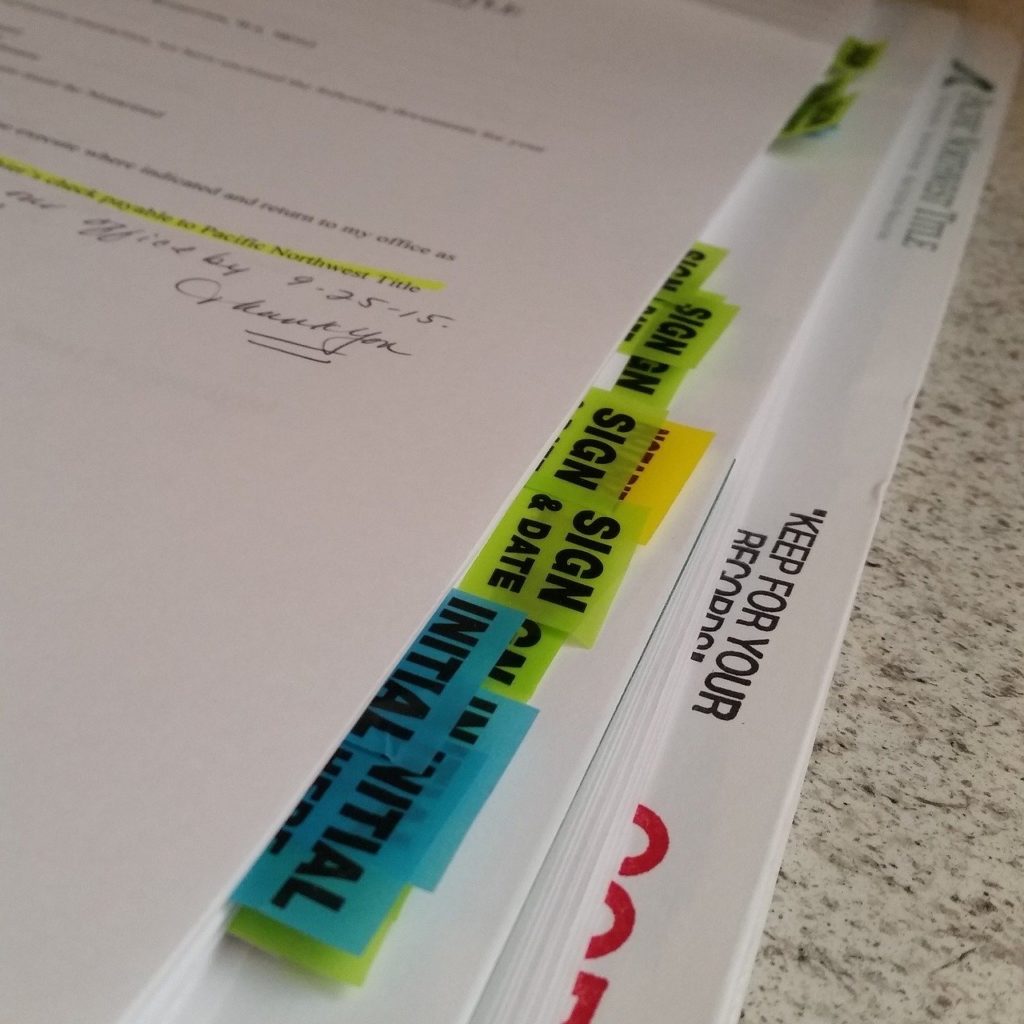Want to keep money in your pocket that you otherwise would have spent on an in-person appraisal? Consider waiving the appraisal. Here are some pros and cons of this interesting home-financing concept to determine whether it’s a good idea for you.
What is an appraisal waiver?
Also known as a property inspection waiver, this real estate term simply means you aren’t required to have an appraiser assess your home’s value. Your lender typically appoints an independent appraiser to assess how much the place is worth when you’re purchasing or refinancing a property. Here’s how it works: An appraiser visits your residence, studies it inside and out, analyzes your neighborhood, and reviews nearby home sales—among other factors—before deciding on your house’s market value.
Having an appraiser estimate how much a home is worth helps your lender better understand the transaction’s risk. Because your home serves as the loan’s collateral, that means your lender can foreclose on your property, take it over and then sell the place to recoup the losses if you quit paying your mortgage.
With an appraisal waiver, your lender will calculate your home’s value instead of using software and algorithms that take into account market conditions, recent nearby home sales, appraisal reports, and other data rather than visiting in person. Lender appraisals typically are offered for free, whereas independent home appraisals range from $200 to $750, depending on where you live. So, since the home buyer or homeowner typically pays the appraisal fee, an appraisal waiver can save that money.
Why lenders offer appraisal waivers
Once rare, appraisal waivers have become increasingly popular during the coronavirus pandemic. Offering an appraisal waiver means lenders can skip sending an appraiser into a home, which is a safer and healthier option in the COVID-19 era. Fannie Mae—one of the government-backed companies that support the mortgage-lending industry—even began recommending that lenders offer appraisal waivers whenever appropriate during the pandemic.
How to apply for an appraisal waiver
The guidelines for appraisal waivers are set by Fannie Mae and Freddie Mac, which are institutions that buy mortgages from banks and lenders. Although pages of rules and regulations for allowing appraisal waivers exist, you’re usually eligible for one if you’re buying or refinancing a single-family home or condo (even if it’s a second home or investment property). Manufactured homes, co-ops, multiunit properties, and new construction homes generally aren’t eligible. Want to find out if you qualify for an appraisal waiver? Just ask your lender.
Fannie Mae and Freddie Mac offer special underwriting software that helps lenders ensure they’re meeting these two institutions’ loan requirements. The software uses data from millions of home sales, including appraisal reports, to evaluate properties, and then analyzes your loan and produces a simple yes or no recommendation for an appraisal waiver. From there, your lender can choose to offer you the appraisal waiver or require an in-person appraisal. You can choose to accept the waiver or ask your lender to order an appraisal.
Who should get an appraisal waiver?
While appraisal waivers are becoming more prevalent, they’re rarely used during the home-buying process and are almost exclusively used with refinancing. During a refinance, you already own the property and are hopefully making regular mortgage payments on time, which makes you a safe bet.
Homebuyers, meanwhile, are more of a gamble to lenders, so they may be less likely to have an appraisal waived. Lenders may offer you the waiver, however, if you have a stellar credit score, plenty of money in the bank, rock-solid employment history, and other elements of a strong borrower profile. If you’re a less-than-ideal borrower or you’re pursuing a riskier financing option (like a cash-out refinance), they may choose to require an appraisal.
Pros and cons of an appraisal waiver
Appraisal waivers have other perks besides preventing the spread of coronavirus. Foregoing the in-person appraisal means getting rid of the appraisal fee, which can save homeowners several hundred dollars. A traditional appraisal also takes time to schedule and perform, which means it takes longer for a loan to close. In addition, an appraisal waiver could result in higher estimated home value than a traditional appraisal, which is a good thing for owners who are refinancing.
The reason: A traditional appraisal in a volatile housing market creates a lot of uncertainty, so there’s a chance that the new appraised value of your home will come back lower than you want or, worse, lower than what you paid for your home. On the flip side, however, there’s certainly a chance a lender’s estimate may come in low.
If this happens, you can request an in-person appraisal with your lender. Plus, your home’s appraised value today may have no bearing on what a potential buyer is willing to pay for it in the future. This value is simply a tool used by lenders to help give context to your loan and help them decide whether it’s a smart choice to loan you money.



